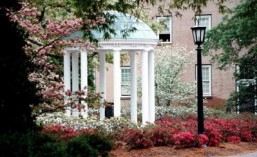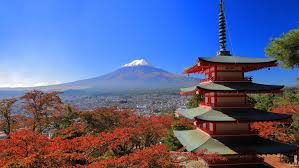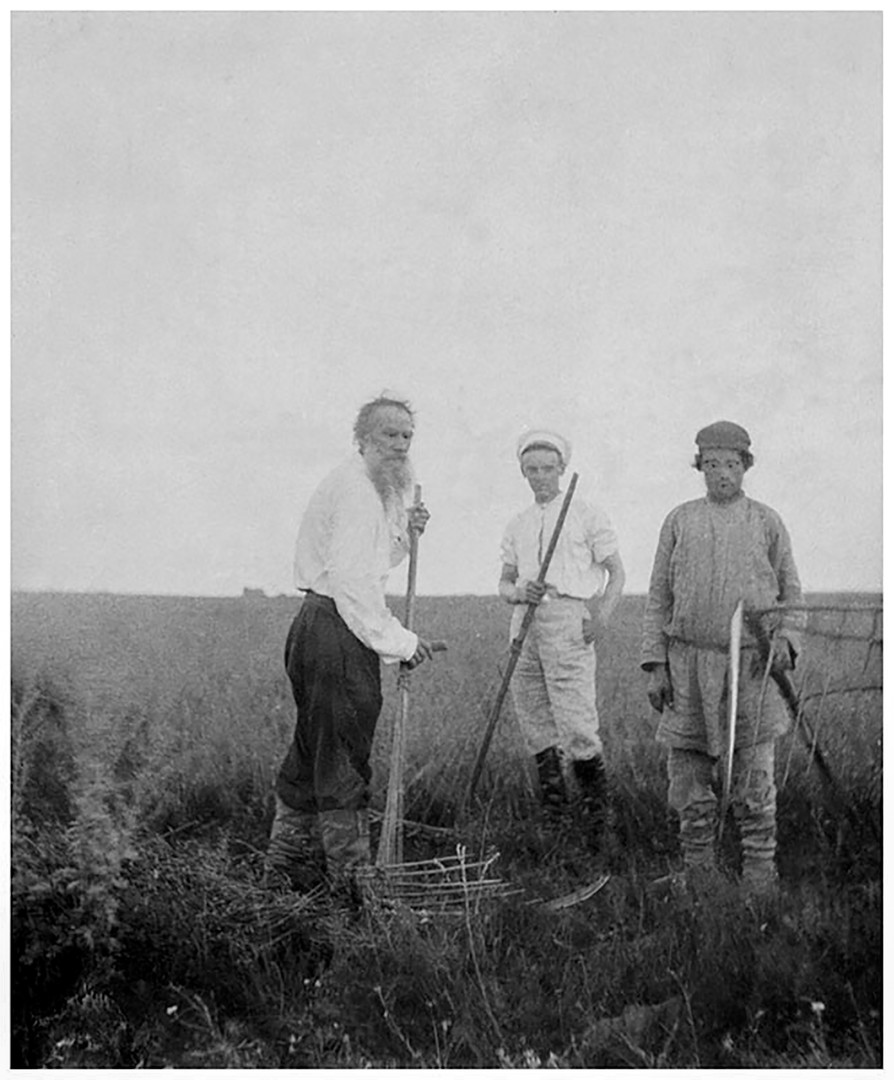I remember Japan fondly, falling in love at first sight. It was twelve years after WWII and a place remarkably different from anywhere else and, in large measure, it has remained so.
It had been a long flight from Travis AFB in California, a brief stop in Honolulu for a crew change, then on to Wake Island, where President Truman had a few years before confronted a defiant General MacArthur, then on to Yamoto Air Station, 23 miles from Tokyo.
I was 17, an airman headed for Korea for the next 12 months. Yamoto meant processing before continuing on a C-47 for Osan AFB near Seoul.
Japan was then this kaleidoscope of sensuous bombast—human drawn rickshaws, coolies in straw conical hats, buckets suspended on long poles between their shoulders, and everywhere, women garbed in flowery kimonos on densely packed streets.
I would return to Japan twice on rest leave, the first time centering on Tokyo and its Ginza, even then, bustling with elegant department stores, game shops, restaurants, art galleries, theaters and night clubs, illuminated at night by a swarm of neon lights rivaling those of Vegas and New York. I would visit the grounds of the Imperial Palace, the Great Kanto Earthquake Memorial, and the Great Buddha of Kamakura bronze statue originally cast in 1252.
One of the supreme highlights was keeping company with American Quaker friends in Tokyo, who arranged a get-together with university students, fluent in English. They gave me a different war vista in narrating the American fire bombing of Tokyo, March 9-10, 1945, killing 100,000 civilians and leaving 1,000,000 homeless. I learned that it’s the victors who write the history we imbibe and I remain moved by their civility to me, an American serviceman.
A few days later, I journeyed by car with my friends, laboring up twisting mountain roads to the shrine city of Nikko 97 miles from Tokyo, where I lived several days in traditional Japanese manner, sleeping in minimalist fashion on a tatami soft mat made with rice straw fill, rolled out on the floor, then layered with a Shikifuton, or thin mattress, and a buckwheat hull pillow. To keep warm, an added Kakefuton , or soft quilt.
Following a hot bath, dressed in kimono, served a fish-seaweed meal, no links to an external world, I slept soundly.
I’m not certain how prevalent this ancient sleeping mode survives in modern Japan, though I know traditional inns abound in Kyoto, that magical city of April cherry blossom.
On my second visit, I took a long distance train from Tokyo to Fukuoka, one of Japan’s most populated cities on the southern island of Kyushu. I wish I could remember what I took in there, but I draw a blank, though I recall being dazzled by its department store elevators, on each floor, a young girl, often giggling at this lanky Westerner, helping you get on and off the escalator, and from my train window a passing landscape of brick houses contrasting with the fragile wooden structures dominant in central Honshu, Japan’s largest island.
There’s much I admire in the Japanese culture, still unique in spite of the cultural leveling you see in other nations, or what can be called Americanization, hastened by film and TV.
They’re surely the most hygienic-centered people I’ve known, indulging nearly daily in the hot bath and painstaking to remove their shoes before entering your home.
Streets are free of trash, yet you won’t find trash cans.
Politeness is the hallmark of Japanese culture, san often added to to a surname to render respect. It extends even to the language’s several pronouns, a tier gauged approach to courtesy.
Some of the customs are especially endearing. If given a gift with the donator present, you don’t open it, lest you hurt their feelings or, worse, feel pressured to masquerade your dislike on unwrapping it.
You reciprocate by sending a gift, usually candies.
Etiquette extends to not eating on a train or while walking.
Not interrupting
Not talking loud.
Not bragging.
Then there’s the ubiquitous honesty. Unlike in many countries, you don’t have to safeguard your pockets in a train station, not even on a packed commuter train.
Leave a camera on checking out of your hotel, housekeepers will see it to the registration desk.
You don’t shake hands or hug, bowing instead as a way of modesty and respect.
Sample your rice first, before nibbling other dishes, then go back to the rice, viewed as a palate cleanser.
Japanese gardens obsess me. I’ve always wanted one. With their emphasis on simplicity, harmony, and verisimilitude with nature, they confer sanctuary from everyday bustle and induce an inner calm. Many Japanese homes feature their own courtyard garden, bringing nature close.
Then there’s the tea ceremony, derived from Zen Buddhism, emphasizing mindfulness and bonding between host and guest. Thankfully, it remains a revered ceremony.
As for crime, it’s rare in Japan, mass shootings virtually unknown. Contrast with this, the 400 mass killings (4 or more dead per incident) in the U.S. in the first six months of 2023.
Unlike America, it’s not about doing your own thing. It’s thinking about others and not bringing shame to your family.
But Japan’s changing, inevitably because unless it does, it will simply vanish in several generations. The Japanese aren’t replacing themselves and unless they do, its present population of 124 million will dwindle to 87 million by 2070.
Consequently, traditionally xenophobic and homogeneous Japan has turned to immigration to solve its labor needs and sustain its population. 3,000,000 immigrants now call Japan home, triple the number in 1990. They come from not only Asia, the Philippines, Vietnam, and Indonesia especially, but from Africa and the Middle East. There are cities where 10-15% are foreign born.
Today, you’ll find 113 mosques across Shinto-Buddhist Japan. In 1999, there were 15.
Will Japan’s new citizens bring their resentments with them, as in France, England, and Sweden?
Will they end-up in ghettoes of the unassimilated?
As their numbers swell with immigration and higher birthrates, will they overwhelm the world’s most exemplary society?
Will the Japanese fade like countless fauna and flora into memory, their substantial contributions to civilization relegated to history books like those of the fabled Pharaohs’ Egypt or Nebuchadnezzar’s Hanging Gardens of Babylonia?
In sum, what happens when the Japanese don’t look Japanese?
–rj












